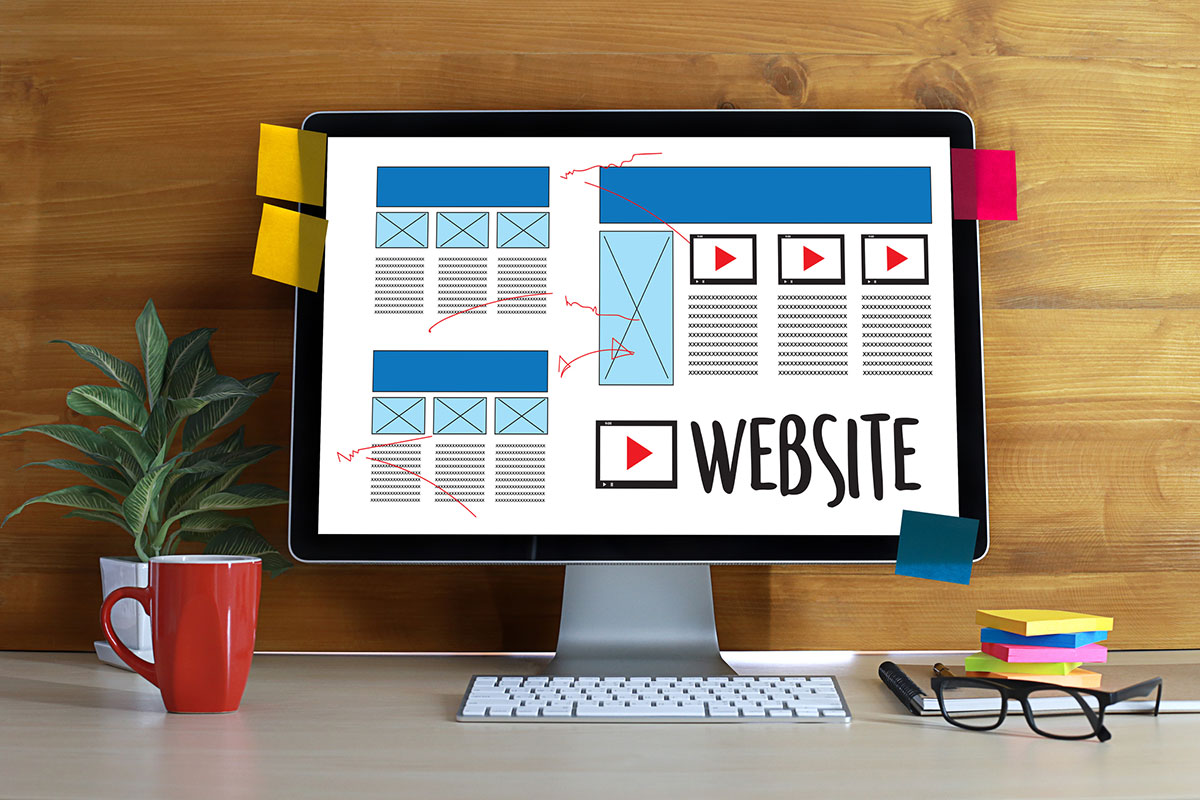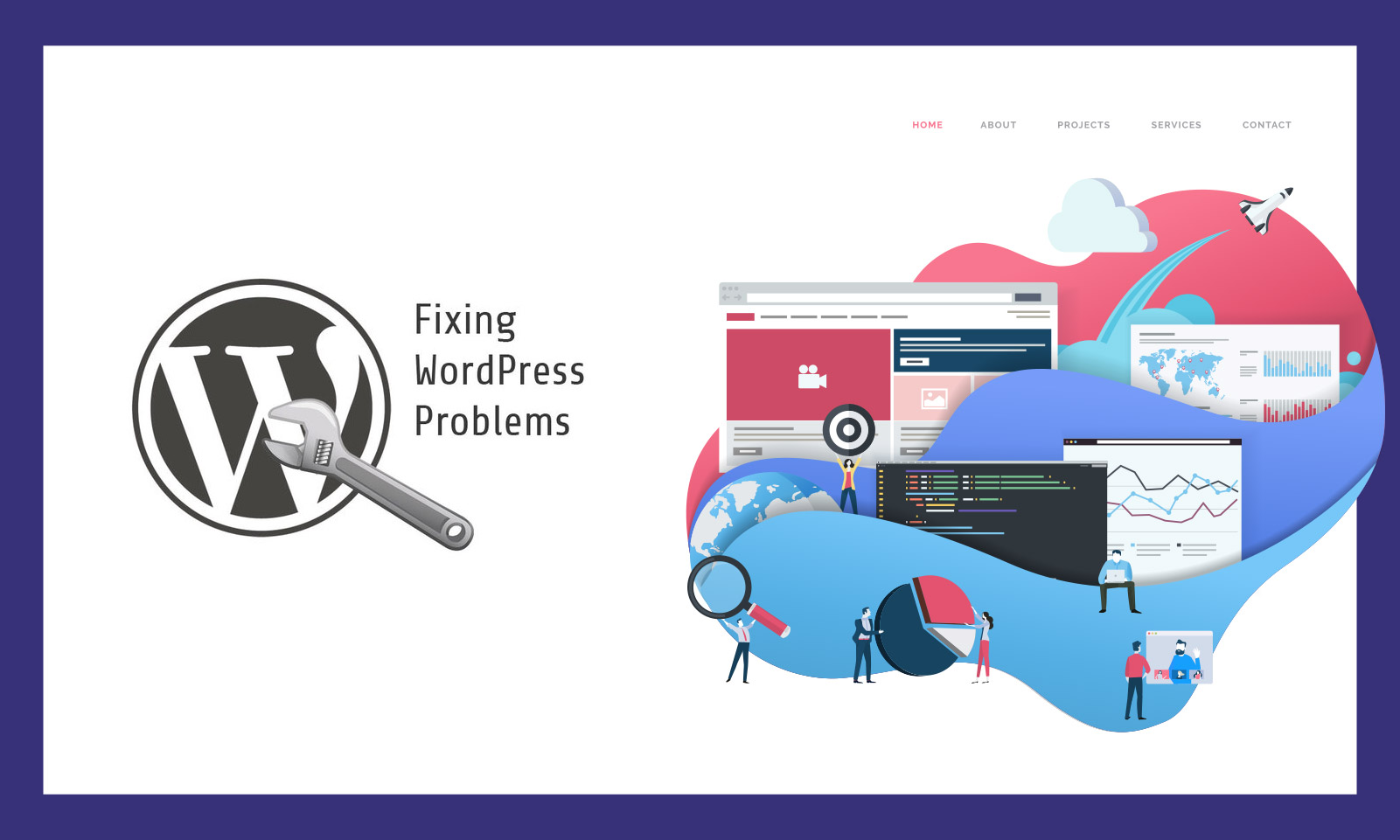Project Definition
The difference between good and great projects is in the planning. We often cite that 50% of a project’s effort needs to go into the definition phase. In order to capture project requirements, a series of collaborative workshops to outline brand, design, technology and marketing objectives are needed.
Project Scope
One of the important initial project tasks we need to do is defining the project scope. A poorly crafted project scope statement results in miscommunication and wasted project time. Project scope, in essence, defines what the deliverables for the project are going to be. A good project scope should clearly and unambiguously state the client’s expectations, and it should describe how you have agreed to meet those expectations.
Wireframes and Site Architecture
Wireframes are used as a blueprint for developers to create page layout for content entry. Prototypes are what many people consider to be the design of the website. Collectively, wireframes and prototypes are the elements used to define what your website looks like and how it is organized at a per-page level.
Visual Design
Once the blueprint for the site has been defined through the creation of the sitemap and wireframes, the next step is to create a visual style. The overall visual style will most likely be determined by the visual brand of the organization; the goal being to connect the Website with all other forms of the organization’s communications. The organization’s brand plays an important role in this part of the process, as designers will want to visually convey key brand perceptual ideas within the design.
Site Development
Development is the process of taking the created assets so far – such as designs – and making them into a functioning website. It’s a broad capability that includes a highly technical skillset from both back-end and front-end developers. All the visual content, such as images, photos, and videos are created at this step. Once again, all the info that was gathered through the first phase is crucial. The customer and target audience must be kept in mind while you work on a design.
Site Testing
Before the site is launched, it will be placed on a production server where only internal audiences and anyone who you share the link with can view it. Testing of the site is critical as there will inevitably be issues that need to be addressed before the site goes live. There is nothing that erodes a brand more than a site that doesn’t function properly or that has misspellings or broken design elements. At this stage the site will need to be reviewed on multiple browsers (Firefox, Safari, Internet Explorer) and multiple devices (laptops, tablets, and mobile) to see if and where breaks occur.







































